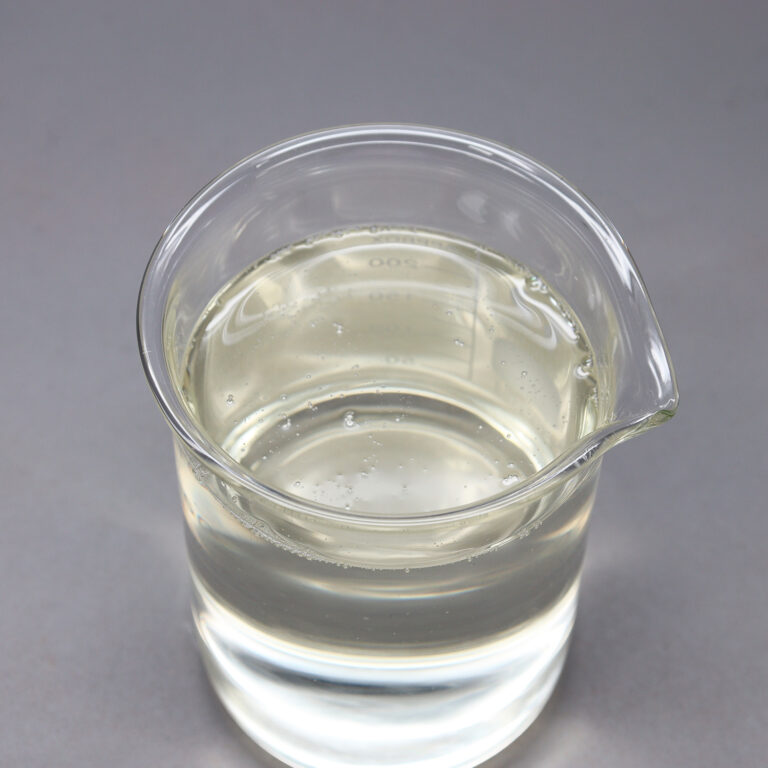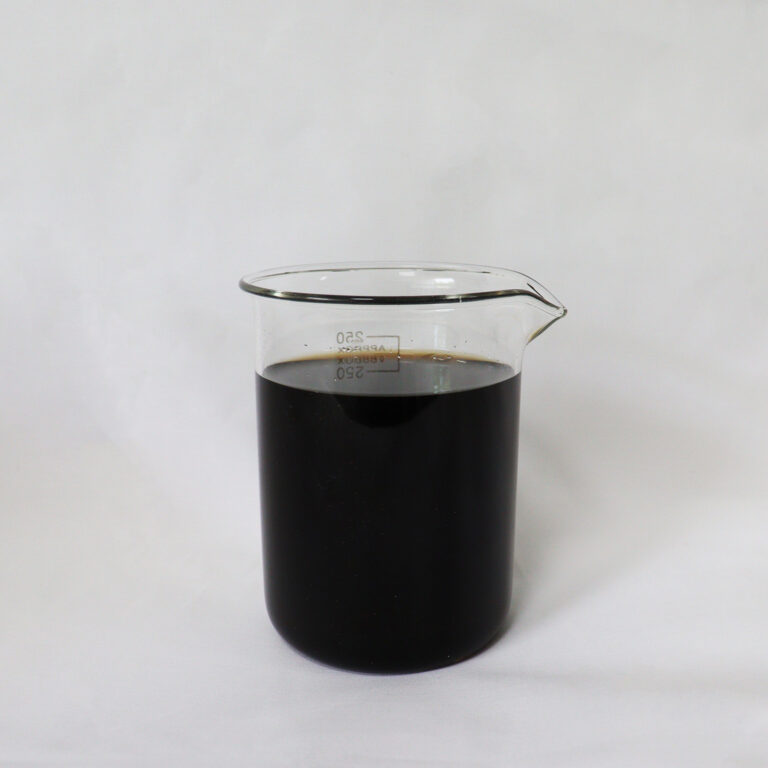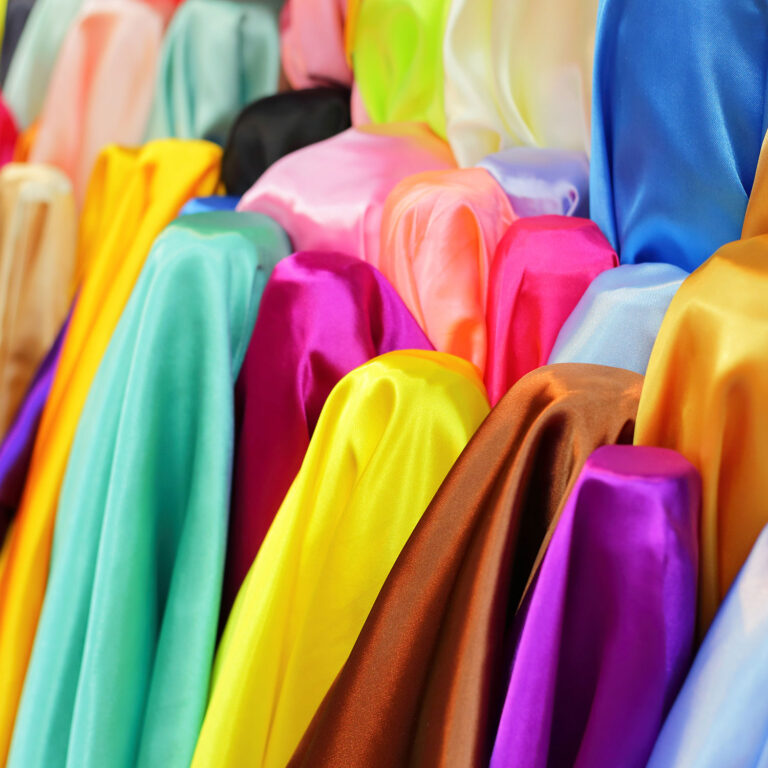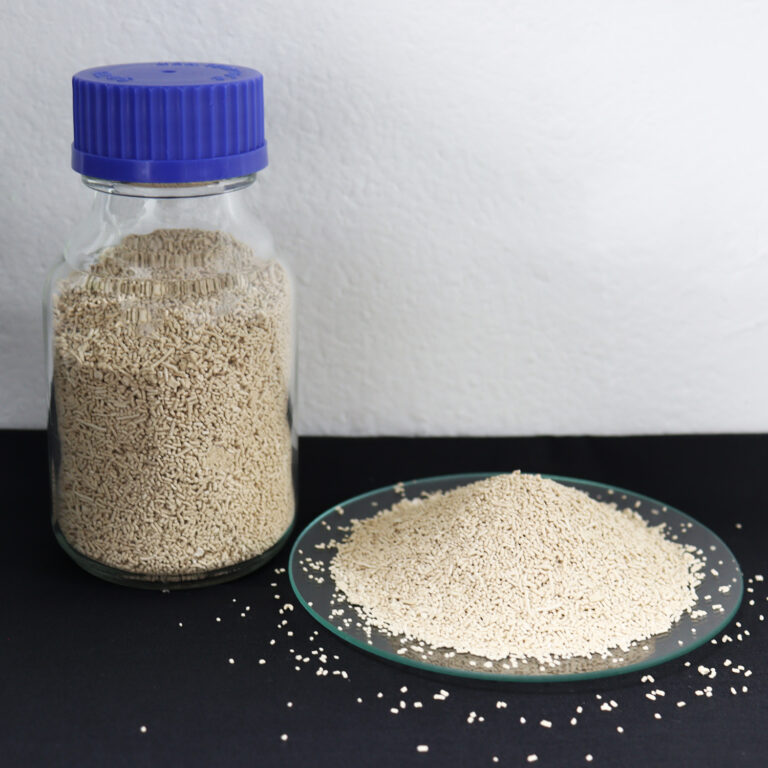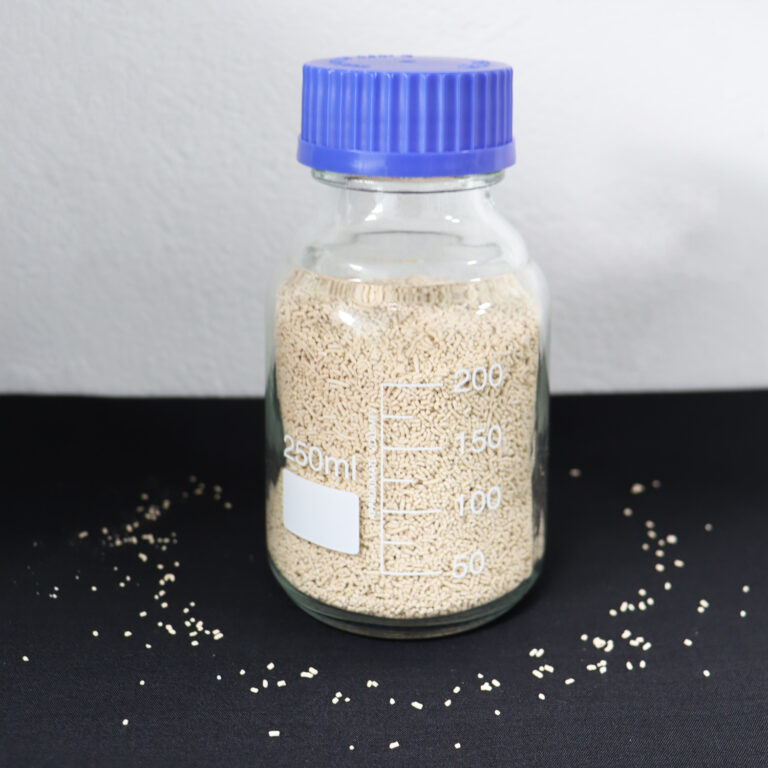Textile dyeing and printing are where chemistry meets creativity. The colors, patterns, and textures we see in fabrics are the result of carefully engineered chemical processes that ensure quality, durability, and aesthetic appeal. Understanding these applications highlights how crucial chemistry is in transforming plain textiles into vibrant, functional fabrics.
1. Chemistry in Textile Dyeing
Dyeing involves applying color to fibers, yarns, or fabrics so that the color bonds properly and lasts through washing, sunlight, and wear. Chemistry is central to this process:
- Reactive Dyes: Form covalent bonds with cellulose fibers like cotton, producing bright, wash-resistant colors.
- Acid Dyes: Used for protein fibers such as wool and silk, these dyes create vibrant, long-lasting colors.
- Disperse Dyes: Essential for synthetic fibers like polyester, allowing dyes to penetrate fibers effectively.
- Vat and Sulfur Dyes: Provide deep, rich shades for cotton and other cellulosic fibers.
Chemical auxiliaries, such as leveling agents and mordants, ensure even color distribution and improve dye absorption.
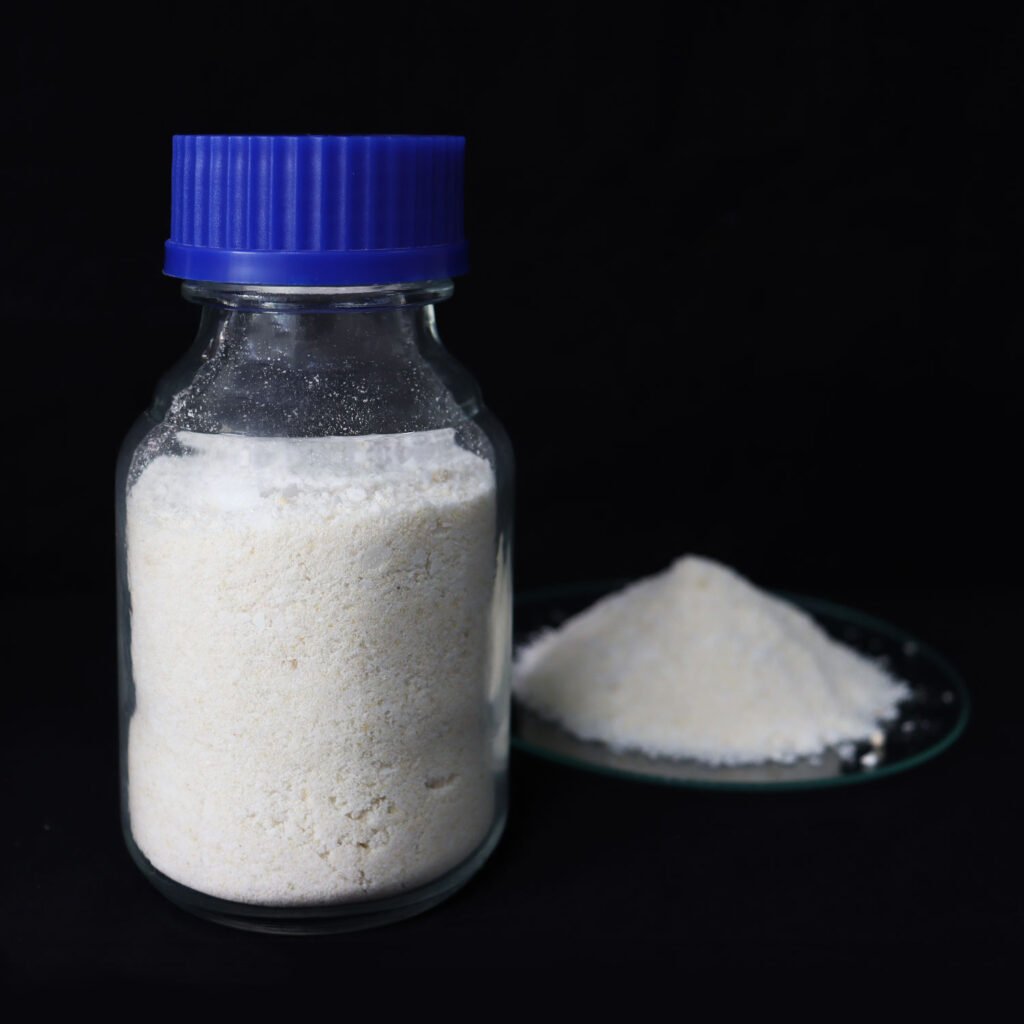

2. Chemistry in Textile Printing
Printing is the application of patterns and designs to textiles, often using specialized inks and pastes that rely on chemical interactions:
- Pigment Printing: Pigments are bound to fabric surfaces with binders, providing vibrant designs.
- Reactive Printing: Reactive dyes form chemical bonds with fibers during printing, producing colorfast patterns.
- Disperse Printing: Used on polyester and other synthetics, where dyes are transferred at high temperatures.
- Digital Printing: Advanced chemical inks allow precise, multi-colored patterns with minimal waste.
Chemistry ensures that printed patterns adhere properly, maintain color integrity, and withstand washing and exposure to light.
3. Innovations in Dyeing and Printing Chemistry
Modern textile chemistry has also enabled sustainable and high-performance solutions:
- Low-water and waterless dyeing techniques reduce environmental impact.
- Enzyme-assisted processes enhance color uptake and reduce the use of harsh chemicals.
- Eco-friendly pigments and dyes minimize toxicity and chemical waste.
- Functional printing adds antimicrobial, UV-protection, or flame-retardant properties to fabrics.
These advancements ensure that textiles are not only beautiful but also safe and environmentally responsible.
Conclusion
Chemistry is at the heart of textile dyeing and printing, allowing fabrics to achieve vibrant colors, intricate patterns, and enhanced performance. Innovations in chemical processes continue to shape the future of textile design and sustainability.
For professional chemical solutions and guidance in textile dyeing and printing, contact Meixin Biotech at connie.huang@meixinbiotech.com.
Enzyme Preparation Articles
Tips for Choosing the Right Desizing Enzyme for Your Fabric Type
How Desizing Enzymes Revolutionize Cotton Fabric Preparation
Desizing Enzymes: Essential Tools for Cleaner and Softer Fabrics
Enzymatic Desizing of Cotton Fabrics: Improving Dyeing Efficiency and Fabric Softness
The Science of Biopolishing: Enhancing Fabric Quality Through Enzymes
Biopolishing of Cotton Fabrics: Achieving Smooth, Lustrous, and Pilling-Resistant Textiles
The Role of Enzymes and Green Chemistry in Sustainable Textile Processing


